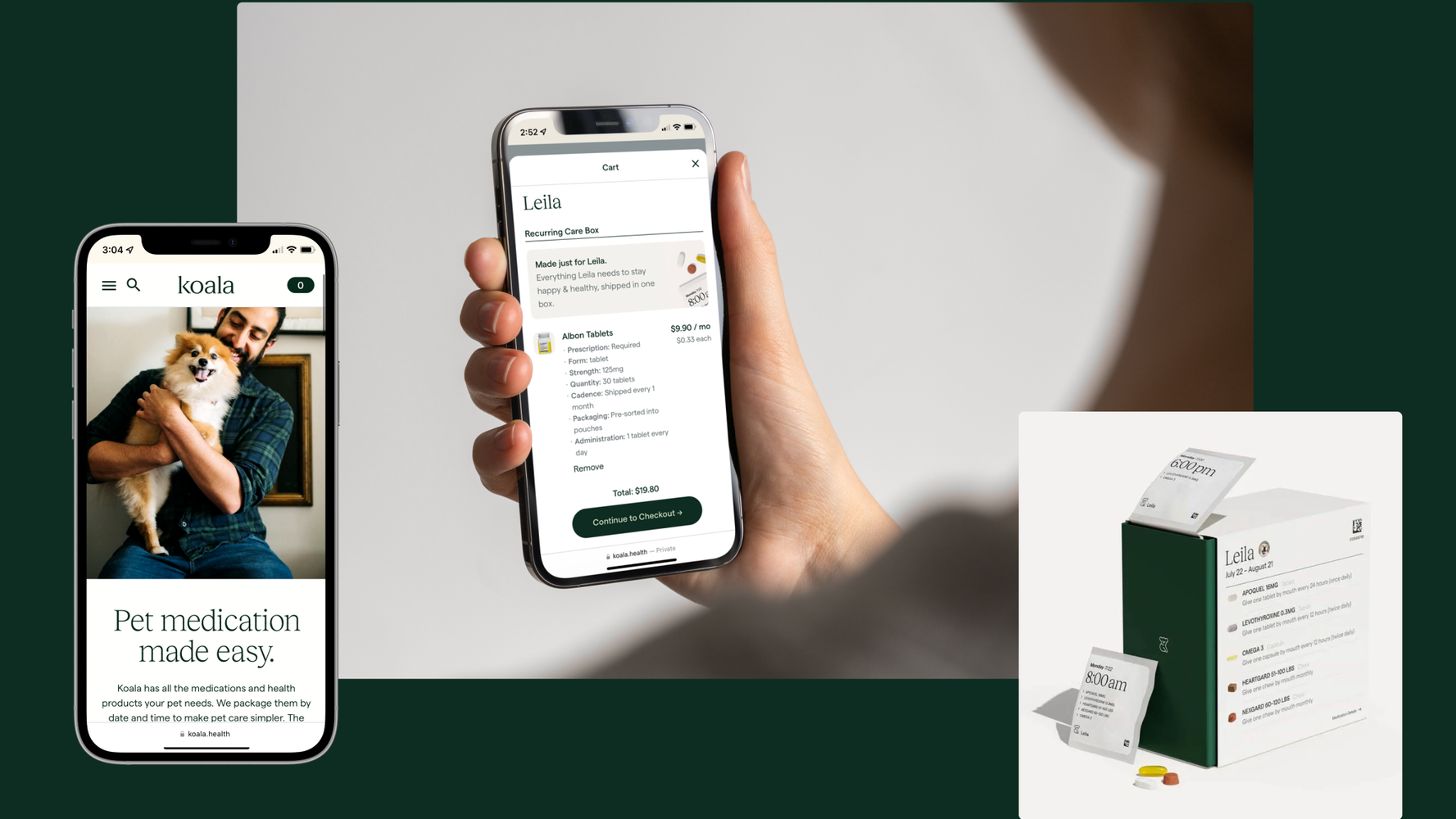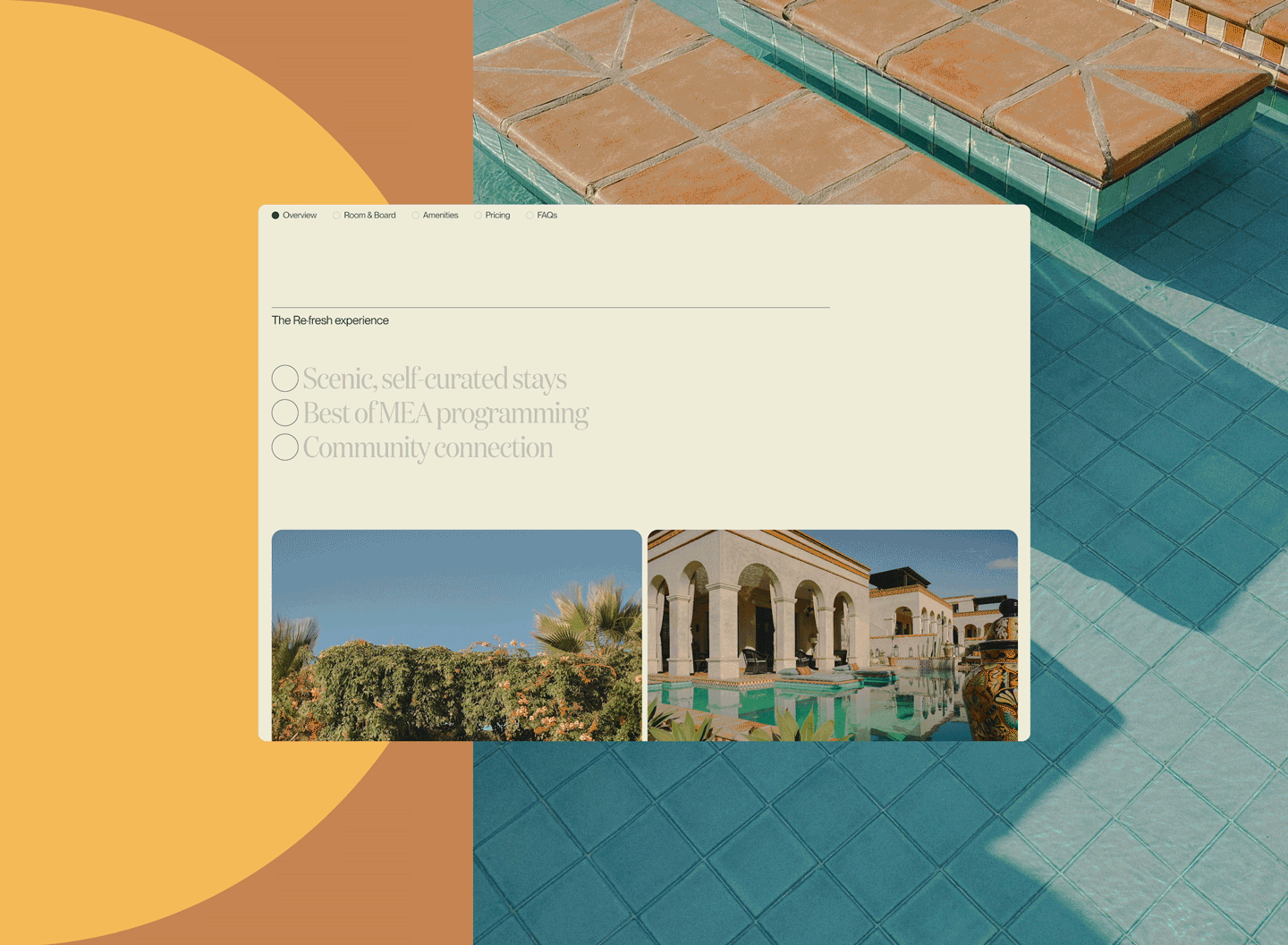User research is core to how Upstatement designs and develops digital experiences. It’s how we ensure that a product meets the needs of our clients—which are ultimately the needs of the audiences they hope to serve. We strive to develop products that resonate deeply with those audiences; we describe our MVPs as ‘Minimum Lovable Products.’ But what exactly makes a product lovable?
To find out, we ask the right people the right questions, in the right way, at the right time. We facilitate user research at multiple points throughout a project, for three main reasons:
- To understand something or someone.
- To define a problem or work to be done.
- To check our assumptions or decisions.
At a high level, our approach to user research on a project is always the same. We first set a research goal, asking ourselves, “What do we need to know?” Then, we design a research approach that, with our current set of information, we believe will get us to the answers we need—but it’s open to accommodating new unknowns as they arise. As fresh questions and insights come up along the way, we adjust our research plan.
That’s why when we’re asked “What kind of research do you do?” we always answer with, “It depends.” We believe that we need to set a research goal before choosing specific tactics. Our team has experience using various research methods that span from qualitative (like interviews) to quantitative (like surveys), and from attitudinal (like focus groups) to behavioral (like analytics and usability testing).
For example, in the early stages of developing data.org’s Data Maturity Assessment, we were focused on discovery. We employed exploratory research tactics, like focus groups and 1:1 user interviews. As we progressed in the project, our focused shifted to evaluating our design decisions, employing methods like moderated usability testing to understand how users engaged with the tool.
What We Believe
With so many different possibilities, what guides us? Here are the principles we live by.
- Actual data > hypothetical data. It's common to hear users telling you one thing but doing another. So instead of relying on hypothetical scenarios for data, we emphasize creating real-world situations that people can genuinely react to. Prototyping and continuous validation garner the most reliable insights; we’d much rather have our users show us, not tell us. (See how we demonstrated this in the early stages of Threadable’s product development.)
- Do just enough research. Research doesn’t need to be cumbersome. We look for approaches that are simple and efficient over complex and time-consuming. For us, research isn’t a separate deliverable or a distraction; it’s core to our process and woven into our projects productively. Good, effectively-conducted research informs our decisions and moves our teams (and clients) forward.
- Action over documentation. We shed tears for all the user testing insights that have died after being compiled into a massive report and shuffled around an organization in perpetuity. Sharing our insights back with clients is something we enjoy, but weaving them into a product vision, design, or code is something we love and our clients value.
- When in doubt, talk to someone. Many of us are millennials, but we know the value of picking up the phone. Talking to users is one of the best — and most efficient — ways to get honest, nuanced feedback. Live interviews help us understand the why behind an answer. The chance to ask specific follow-up questions, recalibrate on the fly, and dig deeper provides information that would be difficult to surface and capture otherwise.
- Seek diverse perspectives. We love to tap into our clients’ networks for user testing, but we also know that these networks can be self-oriented and homogeneous. We believe in the value of a diverse sample and have built expertise in recruitment strategies and tools that help unlock this, from audience procurement to accessibility analytics. We push our clients, and ourselves, outside our bubbles. This way, we ensure that we aren’t limiting our strategic recommendations to serve only the current audience; we open up the product’s potential to reach a much broader future audience.
- Ask why, often. Assumptions are the death of insights. We take advantage of our fresh perspective on our client’s problems and start by asking the simplest questions. ‘Why?’ allows us to uncover underlying motivations, needs, and expectations. By identifying the right question, we can find the right solution.
With these principles driving our work, user research isn’t simply a step in a checklist. Our process treats research as a multipurpose creative tool that’s used throughout the entire project, shaping our perspective so that we can shape functional, highly-lovable products.





